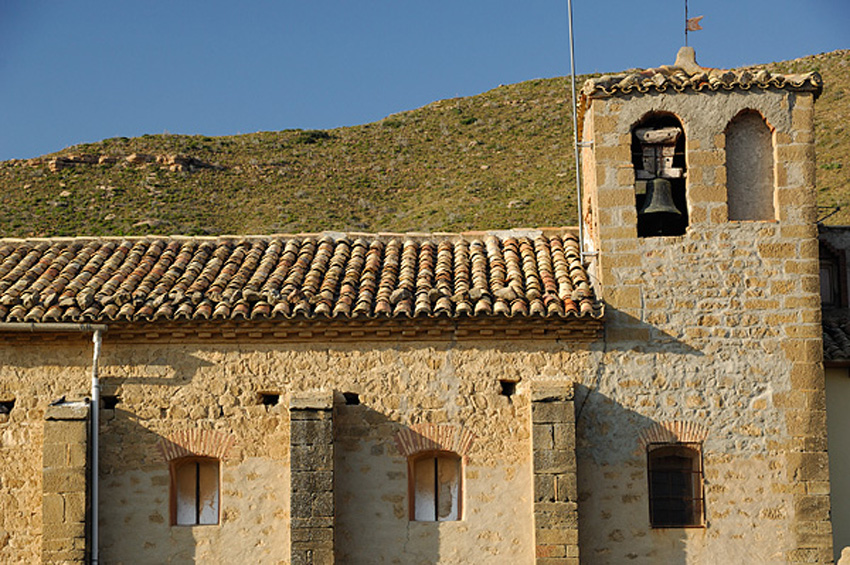
Located in the Sierra de Marcuello, the village of Linás is a quaint hamlet that adapts to the uneven terrain by staggering the houses, which are grouped on either side of the main street that ends at the start of the trail to the Chapel of Nuestra Señora de Marcuello.
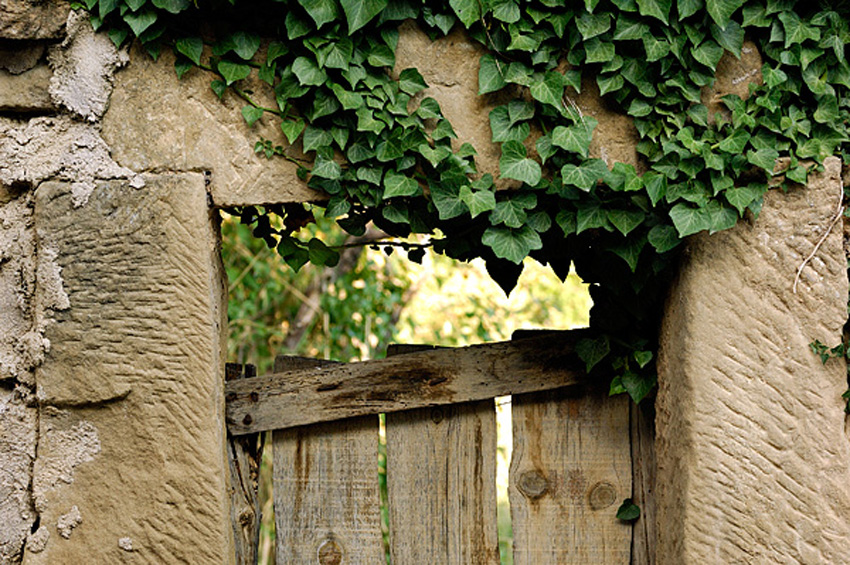
The place name Linás is often linked to the ancient cultivation of flax in the area.
The Parish Church of Santa Ana is a simple rough ashlar building, except in its corners, constructed in smooth ashlar.
Its main attractions include the Rural School Museum, located in the village’s former school; the museum opens its doors to visitors every summer.
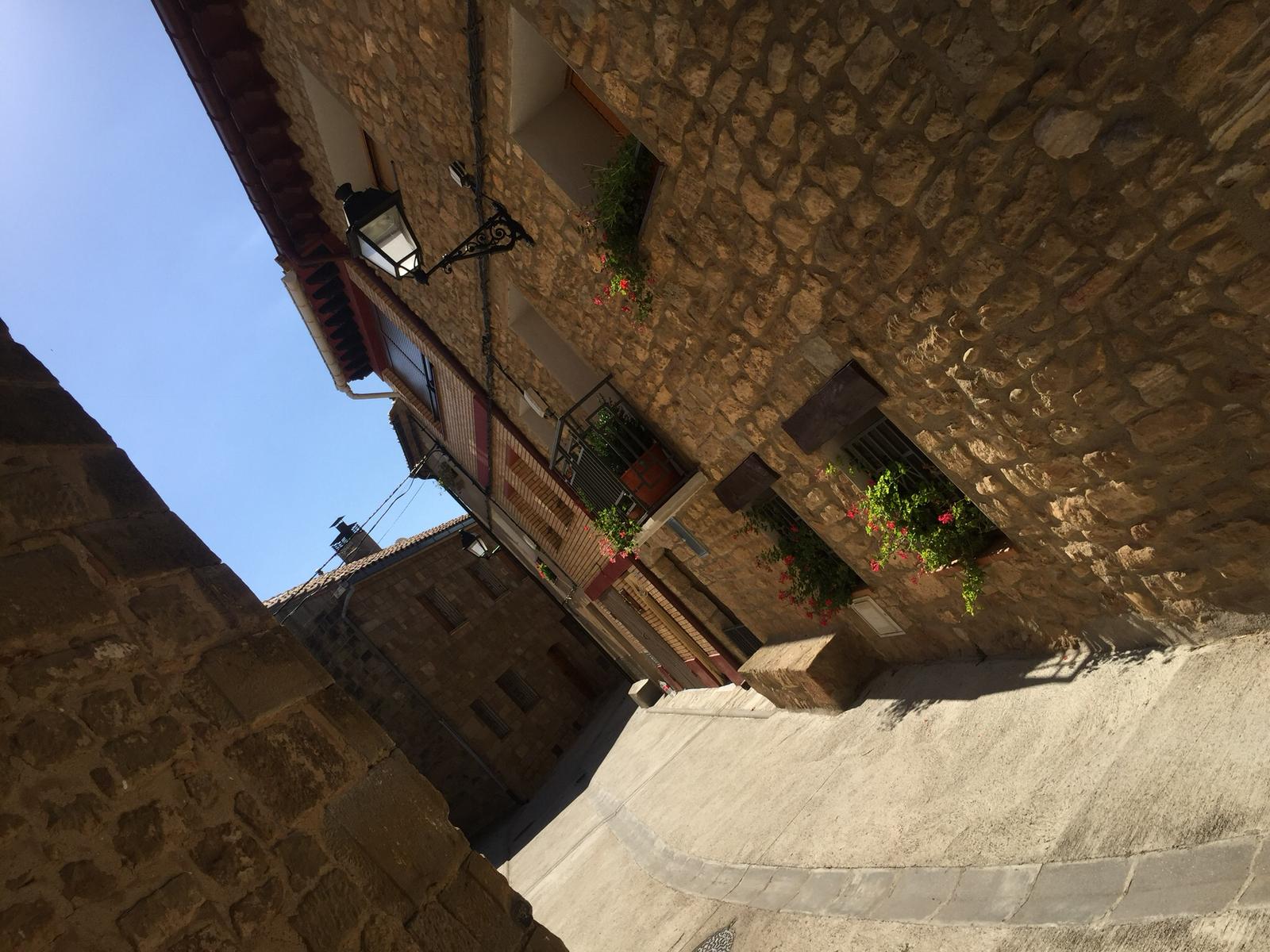
Located at the foot of the Peña del Sol, Santa Engracia is simply constructed around a single main street where visitors can see the simplicity of this hamlet firsthand.
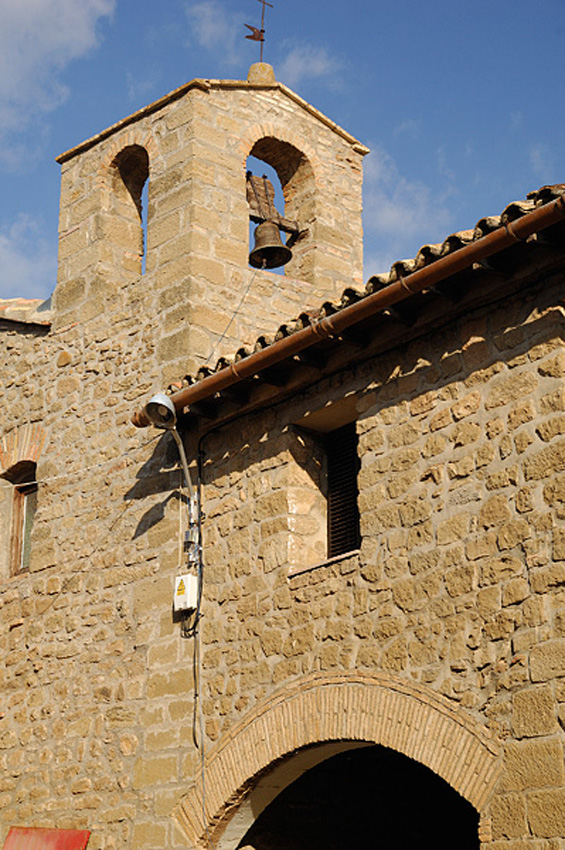
It is located halfway between Ayerbe and Loarre, and has a traditional boundary cross.
The village celebrates its festival on December 13th in honor of St. Lucia.

Sarsamarcuello is located on an increasingly steep and rugged terrain.
Its street map adapts to the irregularities of the land, as does its 18th-century Parish Church of San Nicolás de Bari; there are some spots around the perimeter of the church that are difficult to cross.
The village features several 16th- to 18th-century country houses like the “Casa Abadía”, built with arched twin windows that are now covered.
A trail to the spectacular “Mirador de los Buitres (Vulture Lookout)” can be taken a few kilometers from the village; this is an accessible space where visitors can bird watch or simply enjoy the enveloping landscape, dominated by the Riglos, Peñarrueba, and Omen mallos.
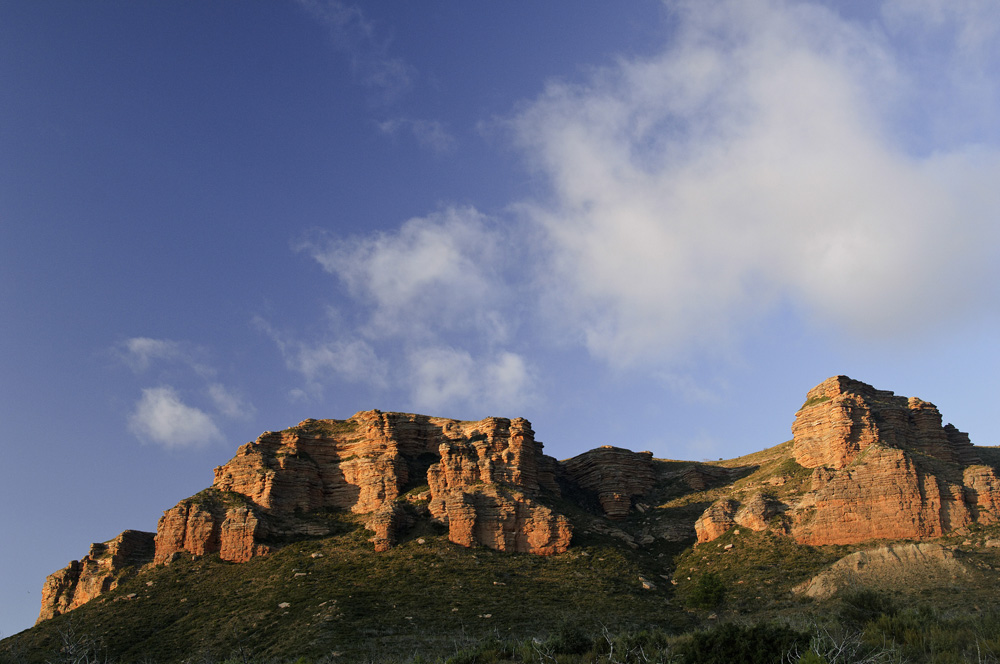
Visitors must pass through the wall of the Marcuello Castle, no longer standing, before reaching the viewpoint; the castle was formerly part of a primitive line of defense that Sancho the Great, King of Pamplona, devised in the 11th century and which formed a geographical group with those of Murillo, Agüero, Ayerbe and Loarre.
Near the Marcuello Castle is the Chapel of San Miguel, of which only the front of the traditional 11th-century Romanesque-style building remains, and the Chapel of Nuestra Señora de Marcuello, in which additions from different eras and styles can be seen.
Sarsamarcuello is also a mandatory stop on the Camino de Santiago (Way of St. James) as it passes through Hoya de Huesca.
The village celebrates its annual festivals on January 21st with the bonfires for St. Sebastian. The pilgrimage to Nuestra Señora de Marcuello is celebrated on May 21st, and later, in August, the village celebrates its major festival in honor of the Assumption of Mary. And finally, a minor festival in honor of St. Nicholas is celebrated on December 6th.
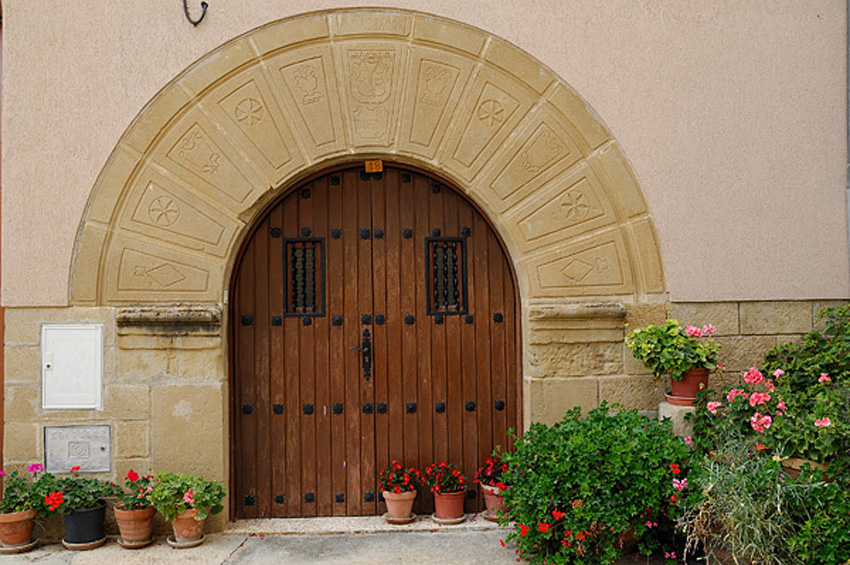
Designated as a “Noble and Ancient” village, Loarre unfolds under the mountain range of the same name and at the foot of its castle, the best preserved Romanesque fortress (11th-12th centuries) in Europe.
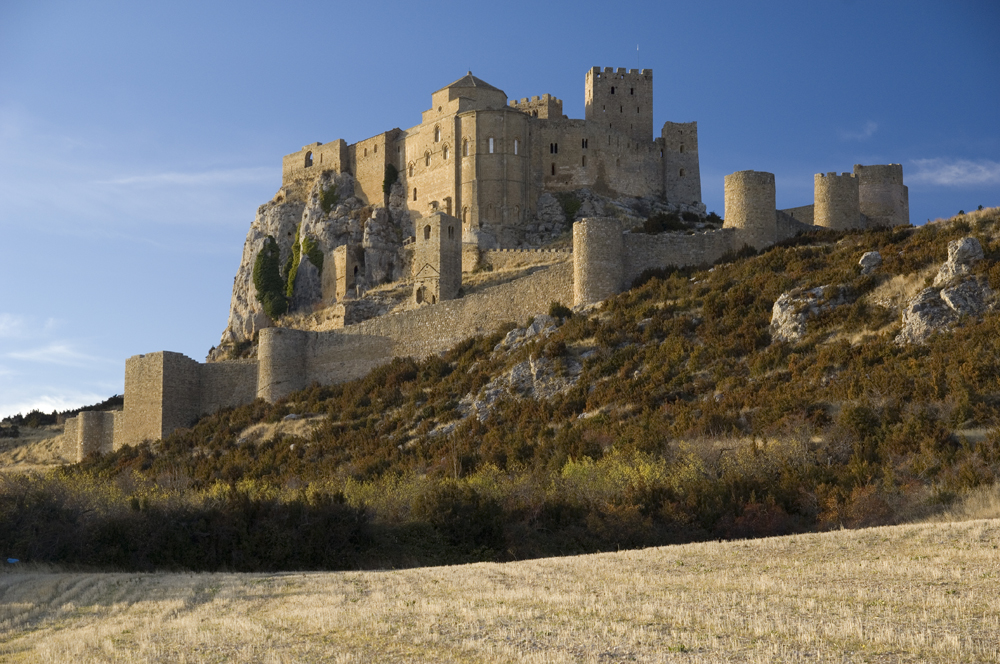
The origin of the current village, in fact, is strongly associated with the castle and its hamlet, called San Esteban de la Huerta. However, together with the decline of the castle and monastery in the 15th and 16th centuries, the village began its move to a flatter and more accessible spot in its current location, building its Church of San Esteban in memory of the village’s former name.
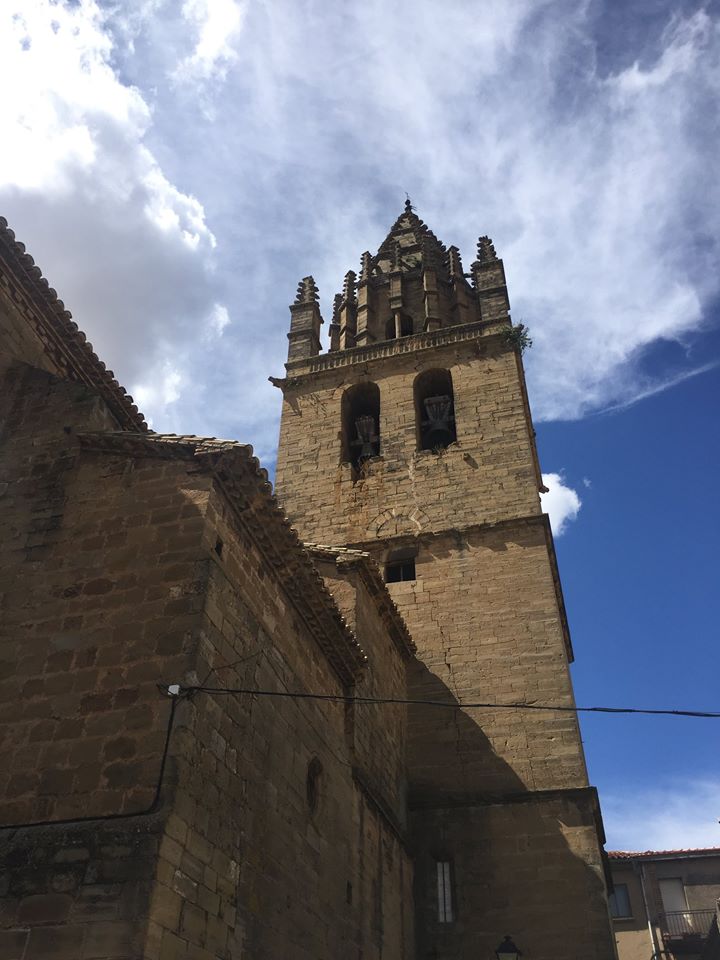
The Church of San Esteban (16th-18th centuries) rises above the village, attracting attention to its monumental bell tower, an outstanding example of ashlar masonry, with a square base and three structures topped by a splendid octagonal spire and Gothic-style pinnacles. The floral decorations follow the same style and complete this monumental artistic building.
Several interesting hiking trails (GR 1) start or pass through Loarre, and the area features outstanding natural and cultural landmarks, where visitors can enjoy magnificent scenery in the early spring, when the blooming of the almond trees decorates an already stunning landscape.
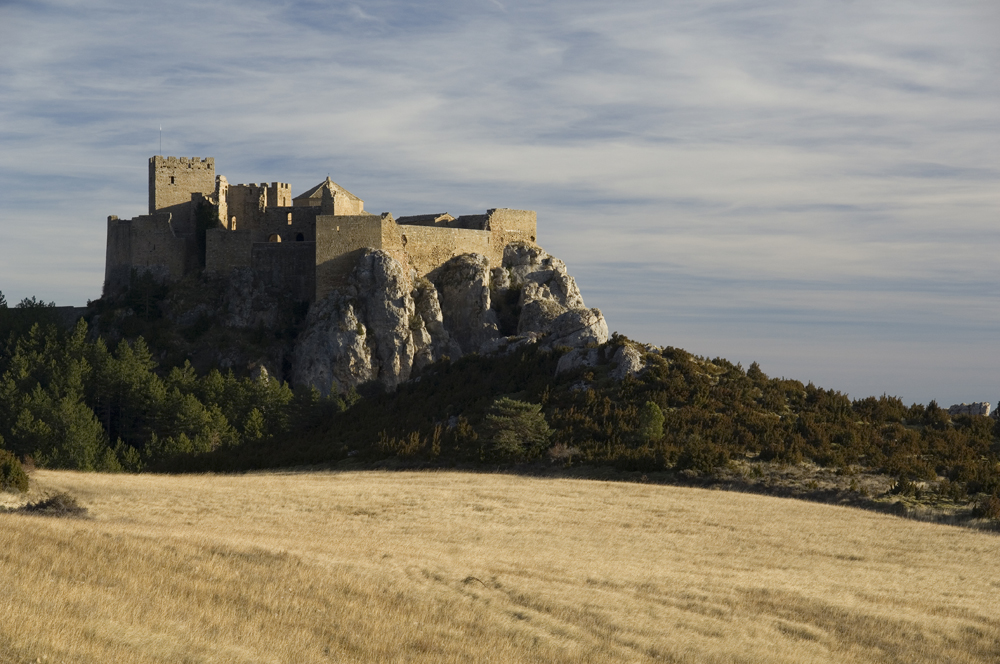
From the village and its castle you can also visit the Fuenfría nature area (whose refuge features a Trinitarian chrismon), the Puzo and the area around the Chapel of Santa Marina.
Loarre celebrates its annual festivals on May 15th in honor of St. Isidore, and a pilgrimage to the Chapel of Santa Marina is celebrated the same month. A festival in honor of St. Demetrios is celebrated on October 8th.